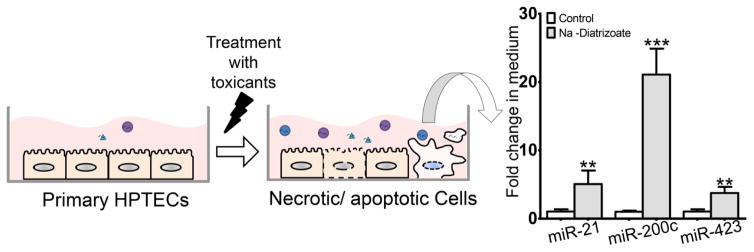Figure 4. MicroRNAs as Biomarkers for in vitro Toxicity Testing.
Normal cells have been shown to release miRNA-containing vesicles. Likewise, injured cells also release miRNAs actively as well as passively (apoptosis/necrosis) which then can be measured in different biofluids. In in vitro studies, this would correspond to miRNA profiles in the supernatant of untreated and treated cultured cells. Differential levels could enable an evaluation of these extracellular miRNAs as biomarker candidates for screening of potential kidney toxic agents. To test this hypothesis, primary human proximal tubular epithelial cells (HPTECs) were cultured and treated with the contrast agent sodium diatrizoate (200 mM) for 24h. Total RNA was isolated from 200 μl medium and miR-21, -200c and -423 were measured by qRT-PCR as these miRNAs have been reported to increase following kidney injury in human urines (Ramachandran, et al., 2013). All three miRNAs were found to be significantly increased in the medium of treated HPTECs as compared to untreated cells. Data is presented as mean fold changes with standard deviation (n=4) relative to the untreated cells (2−ΔΔCt with internal reference). 1-way ANOVA with Dunnett’s test was used for p-value calculation: ** p<0.01 and *** p<0.001.

